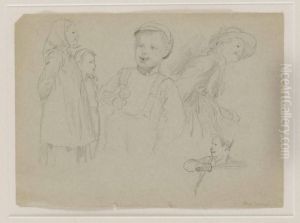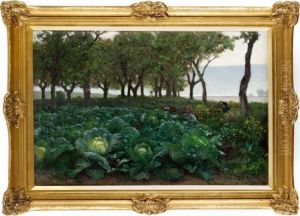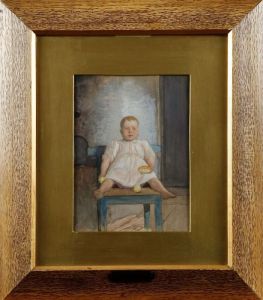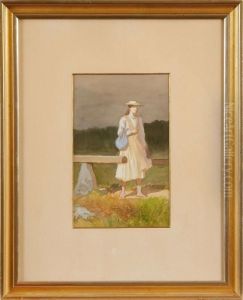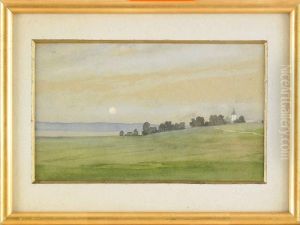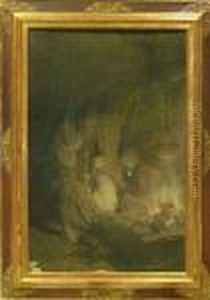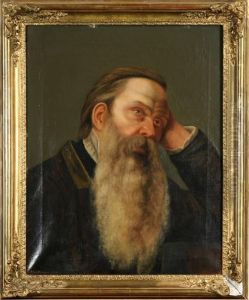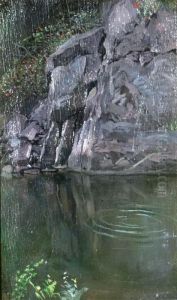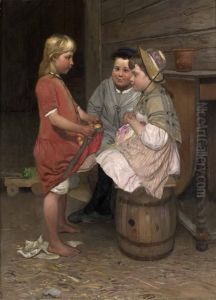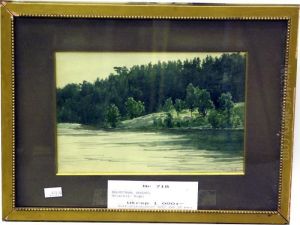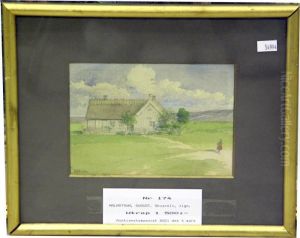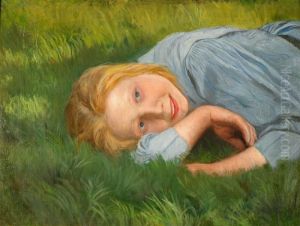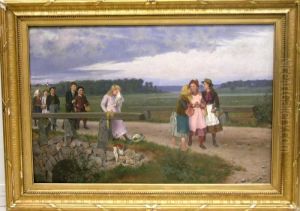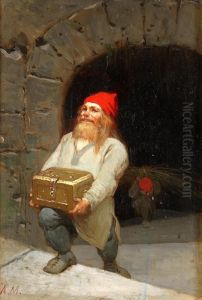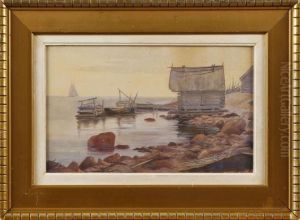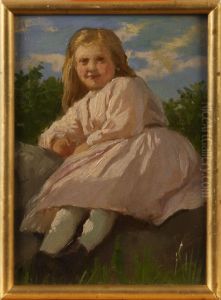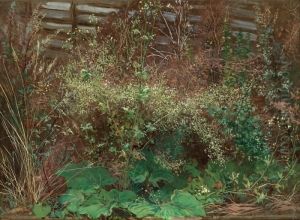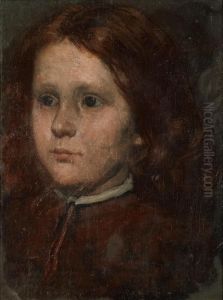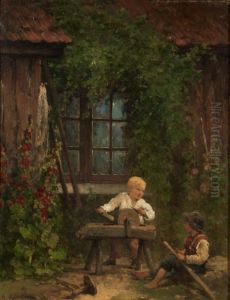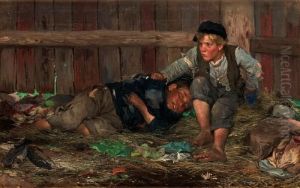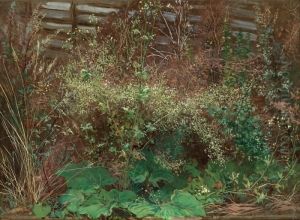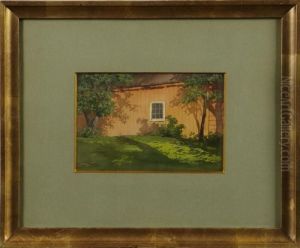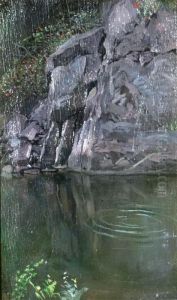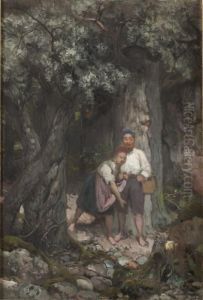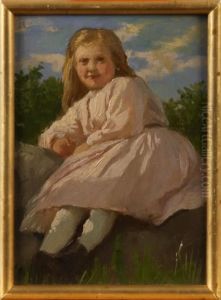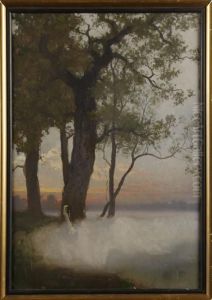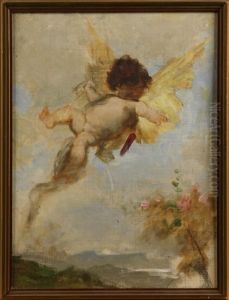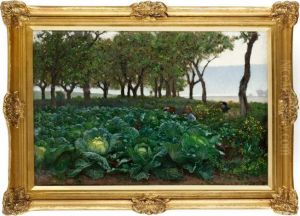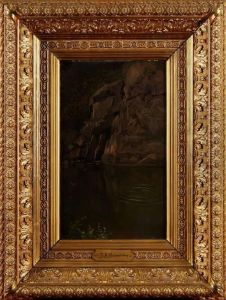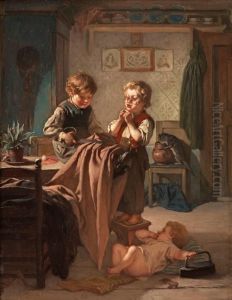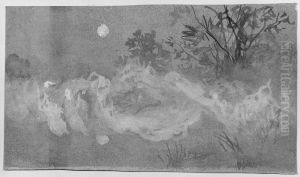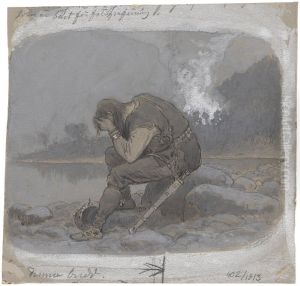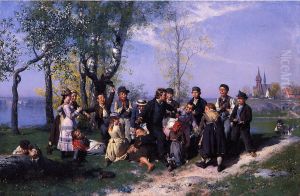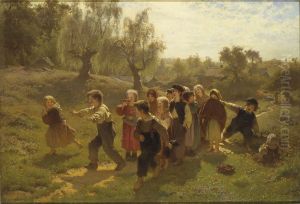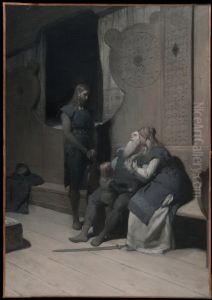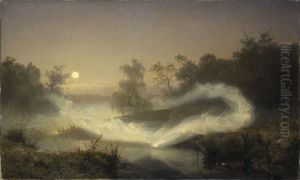August Malmstrom Paintings
August Malmström was a Swedish painter known for his allegorical works, history paintings, and landscapes. Born Johan August Malmström on October 14, 1829, in the province of Gävleborg County, he grew up in a family where he was exposed to the beauty of the Swedish countryside, which later influenced his artistic style.
Malmström initially began his education at the Royal Swedish Academy of Arts in Stockholm in 1849, where he studied under various prominent artists of the time. His talent was recognized early, and he was awarded a scholarship to travel and study abroad, which was a common practice for young artists during that period. His travels took him to Paris and Italy, where he was exposed to the works of classical masters, which greatly influenced his style and technique.
During the 1850s and 1860s, Malmström developed a reputation for his history paintings, which were based on Scandinavian mythology and folklore. His works often contained romantic and mystical elements, reflecting the national romantic movement that was prevalent in Scandinavia at the time. One of his most famous paintings is 'Grindslanten' (The Gate Money), depicting a scene from Swedish folklore where children are taught about the hard realities of life.
In addition to his history paintings, Malmström was also known for his contribution to the arts as an educator. In 1867, he became a professor at the Royal Swedish Academy of Arts, where he influenced a generation of young Swedish artists. He also played a role in the decoration of the Royal Dramatic Theatre in Stockholm and was involved in the design of the Swedish krona banknotes issued in the late 19th century.
Malmström's style evolved over the years, and by the 1870s, he began focusing more on landscape painting. His landscapes are characterized by a serene and harmonious quality, capturing the tranquil beauty of the Swedish countryside.
August Malmström passed away on October 18, 1901, leaving behind a legacy as one of Sweden's most beloved national romantic painters. His works continue to be celebrated for their beauty, cultural significance, and historical value, and they can be found in various museums and collections in Sweden and abroad.

